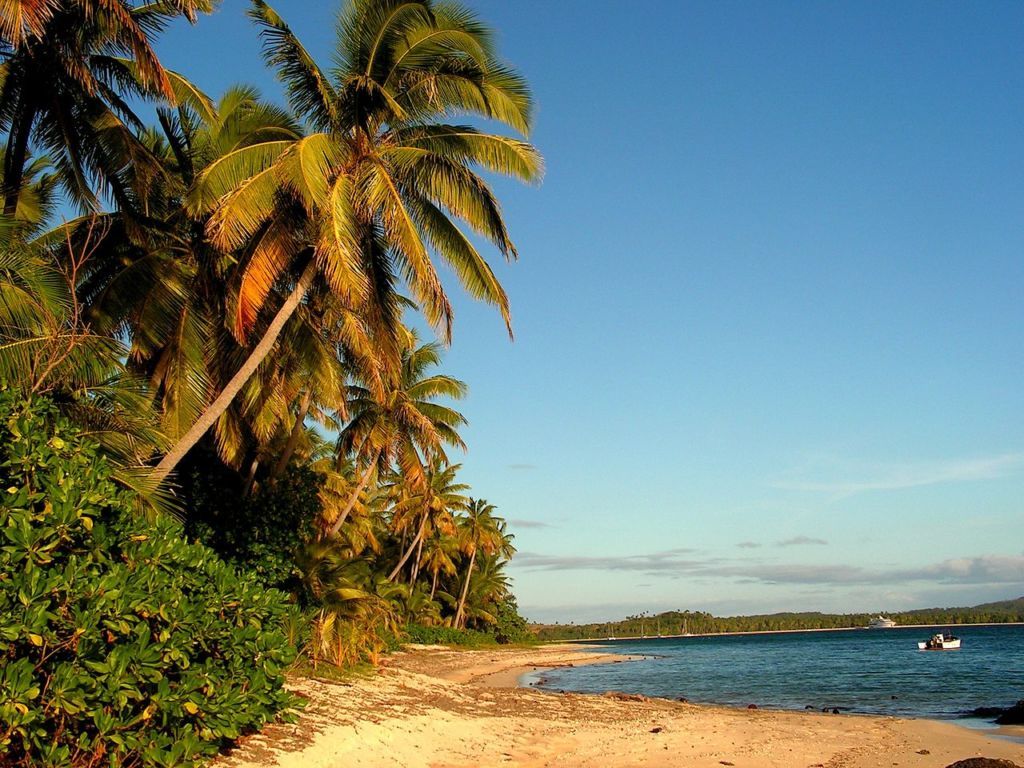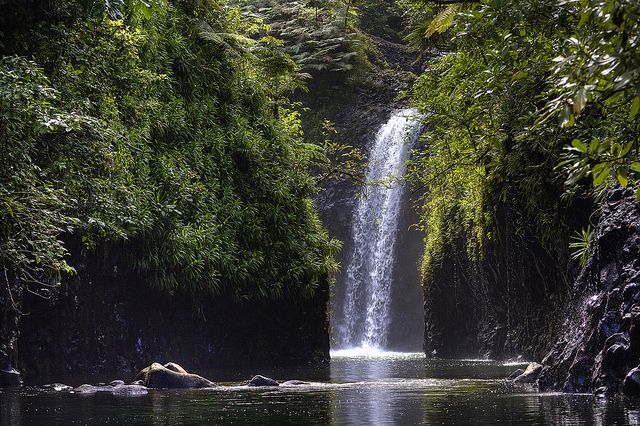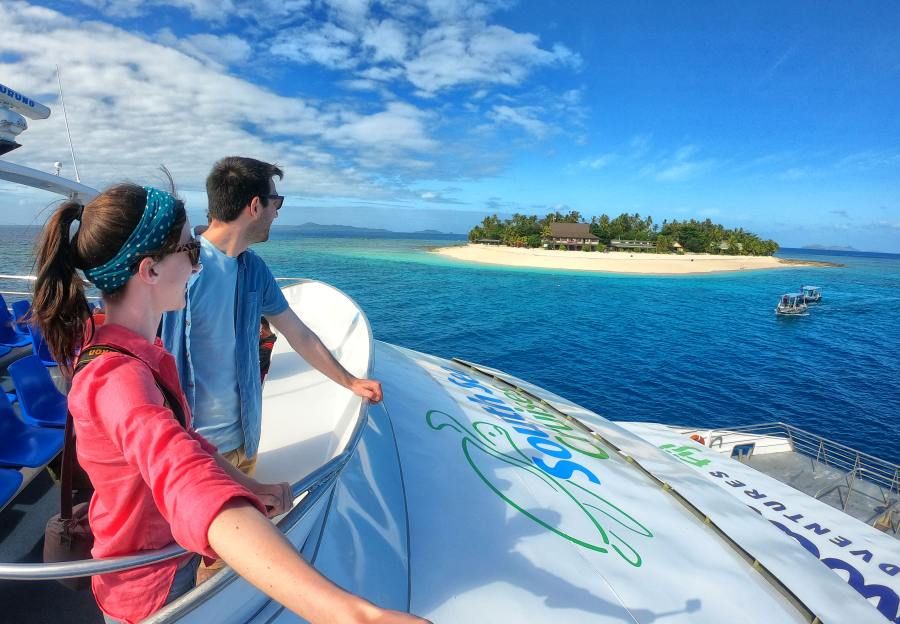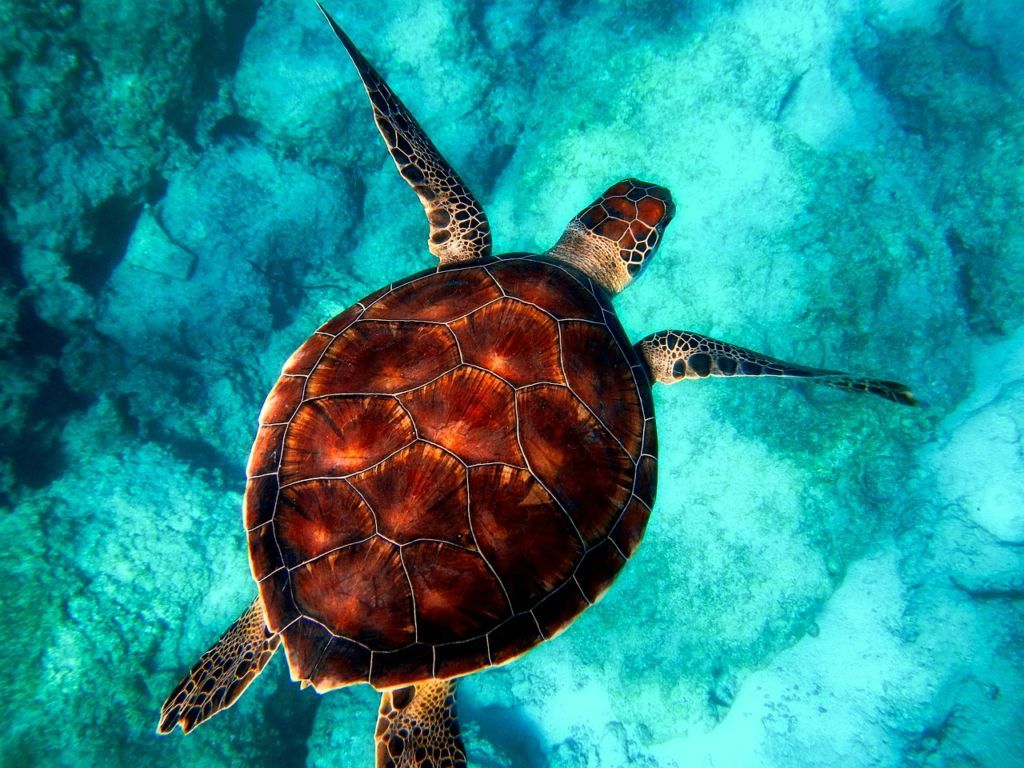Things to Do in Fiji for Backpackers
While taking a gap year in New Zealand or as your next destination after New Zealand, Fiji is an awesome South Pacific island choice for backpackers. Considered to have the best tourist infrastructure (along with New Zealand) out of the South Pacific Islands, Fiji is ideal for those who do not want to step way too far out of our comfort zone. It’s all about relaxing, seeing awesome marine wildlife, and taking on some adventurous activities in the islands of Fiji.
Snorkelling or diving in enchanting coral reefs, hopping from stunning white beach to stunning white beach, hiking in forest parks and seeing an array of colourful birds, Fiji provides a spectacular “holiday on your holiday” during your time in New Zealand. Fiji is just a three-hour flight from New Zealand.
Accommodation in Fiji mostly consists of resorts, but many of these resorts provide “backpacker dorms” amongst other affordable accommodation so you can spend your money on the things that matter like diving with manta rays or white water rafting down narrow canyons. By the way, have you checked out our guides to Vanuatu, Tonga, the Cook Islands, New Caledonia and Samoa?
Just a heads up, the team behind NZ Pocket Guide also run Fiji Pocket Guide! Check out FijiPocketGuide.com to plan your trip to Fiji.
Know Before You Go to Fiji
- Flights – There are quite a lot of airlines connecting to Fiji, especially from New Zealand, Australia, the US and more
- Electricity – the power socket is the same as New Zealand – most properties have generators running from sunset until midnight and in the mornings
- Insect repellent – bring insect repellent, ideally containing DEET. And we don’t need to mention sunscreen, right?
- Sundays are considered a day of rest in Fiji so try to avoid Sundays for booking activities
- Money – Fiji Dollars ($) are the local currency. Credit cards are accepted on most Fiji islands but it is always advisable to carry cash on you. There are very limited ATMs around
- Weather & Climate – March-October is the dry season, November-February is the warmer and wetter season. The average temperatures are 26-31 degrees Celcius, with winter temperatures being around 18-32 degrees and summer being 22-35 degrees
- Tourist Seasons – The high season in Fiji is June-September and December-January so expect some prices to go up 10-20%. The shoulder season is May and October. The low season is November-April so expect lower prices
- Language – The official language in Fiji is English. Others spoken are Fijian and Fiji Hindi
- Visas – An automated three months visitor visa is given on arrival.
For travel tips and practical advice for backpacking in Fiji, head over to FijiPocketGuide.com.
 © Jon-Eric Melsæter on Wikipedia
© Jon-Eric Melsæter on WikipediaViti Levu Island (Main Island)
Fiji’s largest island is Viti Levu, holding the capital city of Suva, as well as the cities of Nadi and Lautoka. It’s a great place to base yourself if you don’t have a lot of time in Fiji with beaches, surf, diving, hiking, site-seeing and doing adventure activities.
If city life is your thing, then marvel at the grand Indo-Fijian architecture of the Sri Siva Subramaniya Swami temple in Nadi. The Fiji Parliament Complex is also an impressive sight in Suva. For a traditional cultural experience, visit the Navala Village with beautifully thatched houses built on the hills. Check out tours to Navala Village on Viator and Tripadvisor.
It might seem all about the coast in Fiji, but you can’t miss taking a river cruise on a bilibili (bamboo raft) down the Wainikoroiluva River with its impressive canyon walls leading to a palm-fringed waterway packed with local boats likely to be filled with pigs and coconuts while they head to the market. There’s also the option to do some adrenaline-packed white water rafting and jet boating.
Many people flock to the Coral Coast at the southern end of Viti Levu complete with beaches, surf, Fijian markets and wildlife parks.
 © Björn Groß on Flickr
© Björn Groß on FlickrTaveuni Island
Taveuni is known as the ‘Garden Island’ or the ‘Soft Coral Capital of the World’. As the names suggest, this is a diving place like no other with the Rainbow Reef displaying an array of colourful corals. You’ll also get the opportunity to see the contrasting Great White Wall that is said to look like snow.
Not only is Tavenui a wildlife fanatic’s dream underwater, but there are some exciting things to be seen on land too. There are more than 100 bird species fluttering around, best seen from hiking through wild forest filled with waterfalls. Hardcore hikers can tackle Des Voeux Peak (1,195m/3,920ft) and Lake Tagimaucia (823m/2,700ft). Otherwise, check out the Vidawa Rainforest Trail and the Lavena Coastal Walk. You can even find a natural waterslide on the short walk to Waitavala.
Taveuni is also popular for kayaking, especially on the rugged Ravilevu Coast!
 © FijiPocketGuide.com
© FijiPocketGuide.comMamanuca and Yasawa Islands
Blessed with paradise-like white-sand beaches that you see on all the brochures and so many activities you won’t know what to pick, the Mamanuca and Yasawa Islands are a usual favourite with backpackers in Fiji.
Water Activities in the Mamanucas and Yasawas Islands
Flyboarding has fast become a craze in the Mamanucas and Yasawas where you ride a jet-propelled hoverboard to skim over the waves, while there are plenty of opportunities to do traditional surfing from Namotu Island. Cloudbreak is the most famous surf break in Fiji but it should only be tackled by the experienced. You can also try out Namotu Left named after its huge left-hand breaks, while Restaurants is a fast and fun left-hander.
Kayaking is always a given with most resorts having kayaks included with your stay, but we also recommend sailing for the day with a mix of snorkelling, drinking, visiting a traditional Fijian village, film locations and more. Additionally, take a boat trip into the Sawa-i-Lau Caves and go hand-line fishing with the locals.
Diving in the Yasawa Islands
If there is anywhere you’re going to learn to dive, it has to be the Yasawa Group with accredited free-diving course. Spend two or three days learning how to do silent meditative diving before swimming with the manta rays. Manta Rays are best seen from May to October and are an incredible sight when seen opening their huge mouths to scoop up plankton.
Hiking in the Mamanucas and Yasawas Islands
Although the Mamanucas and Yasawas are renowned for their adventures off-shore, you can still find some amazing hikes to add a bit of variety to your trip. Check out the islands of Waya, Wayasewa, Tavewa and Nacula for a great place to stretch your legs. Climb to Uluisolo Peak (218m) in Malolo for some epic views.
 © pixabay
© pixabayNorthern and Regional Fiji Islands
In a country of 333 islands, there are a few more islands not belonging to any of the groups mentioned above that are well-worth visiting if you get the chance. These include:
Kadavu Island
Split Rock is an adventurous dive in the island of Kadavu with many faults, caves and canyons to navigate. The dive spot is part of the 100km barrier reef, Great Astrolabe Reef, with mind-blowing soft and hard coral formations. Get your surf on at the King Kong Left surf break well within paddling distance of land. On land, the island is dense with birdlife that are not shy of humans thanks to having no predators.
Ovalau Island
For history buffs, check out the colonial village of Levuka with 19th Century colonial-style buildings with a UNESCO World Heritage status.
Beqa Island
Swim with bull and tiger sharks on Beqa Island… without a cage!
Vanua Levu Island
Vanua Levu is also ideal for bird watching, however, you will likely need to hire a guide to take you through the trails as most trails pass through villages where you’ll need permission. Look out for the rare silk tail on the Tunuloa Peninsula.
Diving opportunities are plentiful in Cakaulevu. Between Viti Levu and Vanua Levu is E6, a natural phenomenon where a seamount touched the surface attracting pelagic.
Where to Stay in Fiji?
- Octopus Resort
- Rendezvous Fiji
- Bamboo Hostel
- Maravu Taveuni Lodge
- The Beachhouse
- Mantaray Island Resort
- Mana Lagoon Backpackers
- South Sea Island Accommodation
- Horizon Beach Resort
- Colo I Suva Rainforest Eco Resort
- Funky Fish Surf & Beach Resort
Check out FijiPocketGuide.com for more accommodation recommendations.
Visit More Islands in the South Pacific!
It’s not every day that you get to make the most of the South Pacific. Here are some more awesome islands worth backpacking around!
- Cook Islands – Guide for Backpackers
- Samoa – Guide for Backpackers
- Vanuatu – Guide for Backpackers
- New Caledonia – Guide for Backpackers
Or, learn more about visiting Fiji at FijiPocketGuide.com!
Sources:
The information in this guide has been compiled from our extensive research, travel and experiences across New Zealand and the South Pacific, accumulated over more than a decade of numerous visits to each destination. Additional sources for this guide include the following:
- South Pacific Pocket Guide (Regional tourism website)
- Pacific Tourism Organisation (Regional tourism website)
Our editorial standards: At NZ Pocket Guide, we uphold strict editorial standards to ensure accurate and quality content.

About The Author
Laura S.
This article has been reviewed and published by Laura, the editor-in-chief and co-founder of NZ Pocket Guide. Laura is a first-class honours journalism graduate and a travel journalist with expertise in New Zealand and South Pacific tourism for over 10 years. She also runs travel guides for five of the top destinations in the South Pacific and is the co-host of over 250 episodes of the NZ Travel Show on YouTube.















